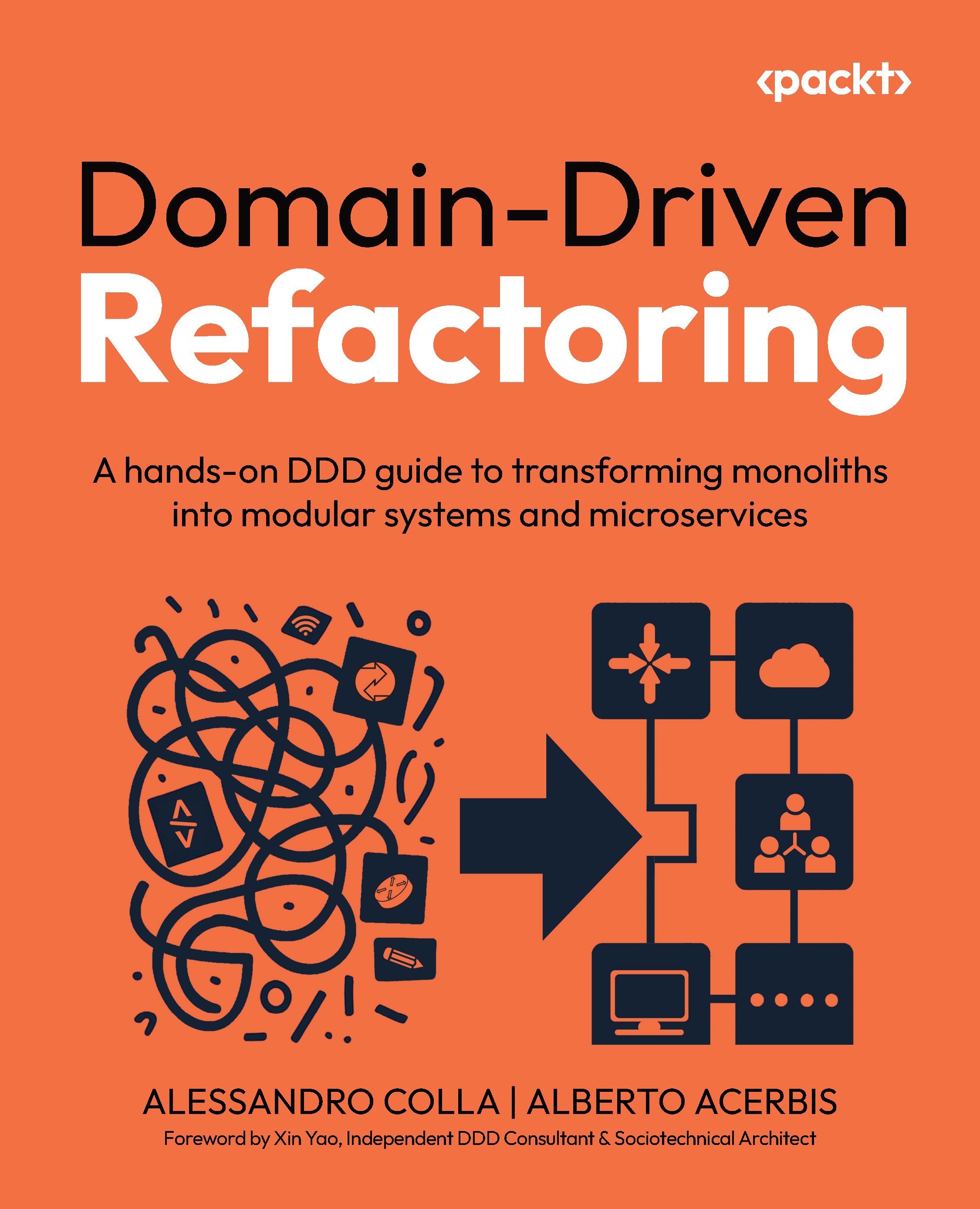Transitioning to the new architecture and ensuring performance
Now that we have made the first attempt to divide the database into smaller ones more aligned with our modules (or bounded contexts), we should start thinking about the various performance considerations involved during the transition from a monolithic database into a modular architecture, especially in distributed systems where asynchronous communication and eventual consistency are implemented. The challenge lies in optimizing performance while ensuring that the system’s data remains consistent, particularly in scenarios where certain services are loosely coupled and rely on asynchronous operations for updates. Let’s break down the steps involved in analyzing performance bottlenecks and implementing optimizations with the SalesOrder and Warehouse services.
We can summarize the potential performance bottlenecks as follows:
- Network latency: Direct service-to-service calls across the network...
































































